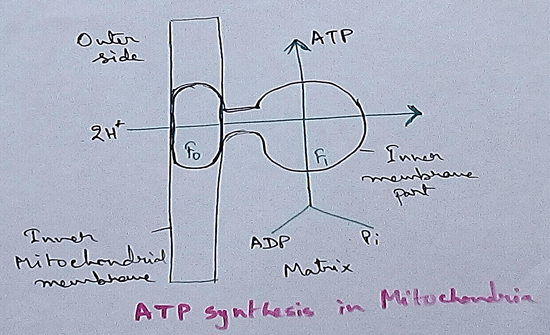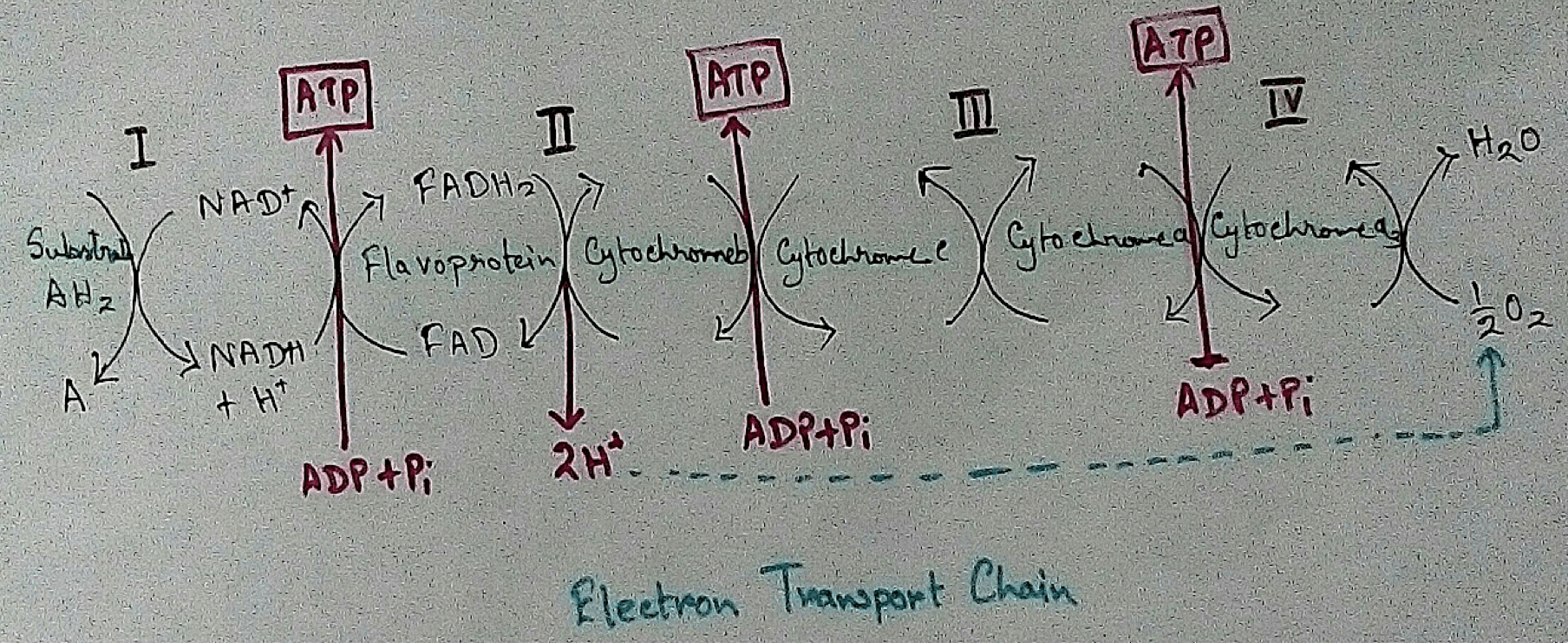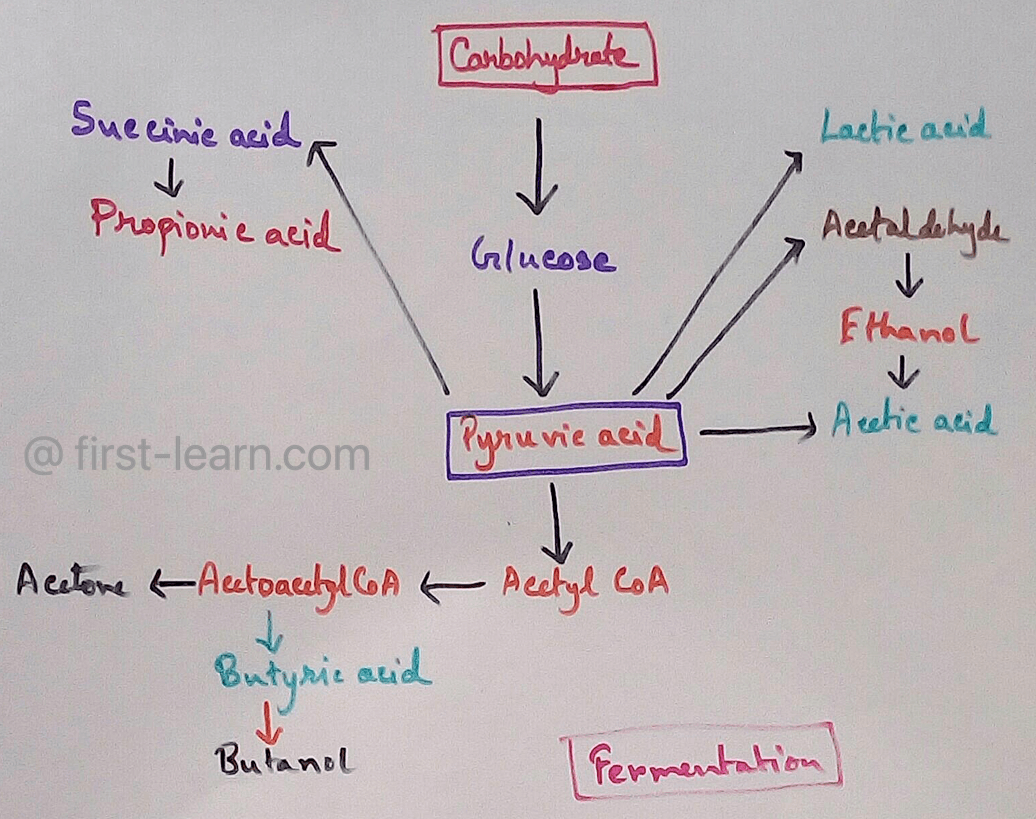Worksheet on Facts about Our Body
Worksheet on facts about our body contains the various types of questions on bones of our skeleton.
Read the concept to answers the questions on facts about our body.
1. Aaron falls down in the playground and hurts himself. The doctor says Aaron may have broken a bone in his leg. How can he find out?
(i) By taking an X-ray.
(ii) By shining a torch on Aaron's leg.
(iii) By just feeling Aaron’s leg.
(iv) By checking whether Aaron can walk or not.
2. How does your
skin help you?
A.lt helps food break up into small parts.
B. It covers your body and protects you.
C. It helps you to feel.
D. It helps carry blood to all parts.
(i) Only B and C
(ii) B, C and D
(iii) A, B and C
(iv) Only C
3. Fill in the blanks using words from this list:
bones, energy, lungs, muscles, heart, touch, joint, skin, backbone, skull, ribs, blood.
(i) We stand up straight because we have a ____________.
(ii) Our ____________ pumps ____________ to every part of my body.
(iii) The food we eat gives us ____________ to move around.
(iv) When we breathe in, our ____________ take in air get bigger.
(v) Our ____________ form a cage which protects our ____________ and ____________.
(vi) Our brain is protected by our ____________.
(vii) Each finger on our hand has three ____________.
(viii) Where two bones meet, there is a ____________.
(ix) Bones need ____________ in order to move.
(x) When we ____________ this page, our ____________ tells us it is smooth.
4. Put a tick (√) against the correct sentences and mark the others wrong (X).
(i) The bones of the skeleton give my body its shape.
(ii) The rib cage protects the skull.
(iii) The lungs take in carbon dioxide from the air when we breathe in.
(iv) A joint is a place where two bones meet.
(v) I can only bend my body at the joints.
(vi) Muscles help the bones to move.
(vii) The skin helps us find out if a stone is smooth or rough.
Check the answers of the worksheet on facts about our body:
Answers:
1. (i) By taking an X-ray.
2. (i) Only B and C
3. (i) backbone
(ii) heart, blood
(iii) energy
(iv) lungs
(v) ribs, heart, lungs
(vi) skull
(vii) bones
(viii) joint
(ix) muscles
(x) touch, skin
4. (i) √
(ii) X
(iii) X
(iv) √
(v) √.
(vi) √
(vii) √
From Worksheet on Facts about Our Body to HOME PAGE
Recent Articles
-
Respiratory Balance Sheet | TCA Cycle | ATP Consumption Process
Feb 18, 24 01:56 PM
The major component that produced during the photosynthesis is Glucose which is further metabolised by the different metabolic pathways like glycolysis, Krebs cycle, TCA cycle and produces energy whic… -
Electron Transport System and Oxidative Phosphorylation | ETC |Diagram
Feb 04, 24 01:57 PM
It is also called ETC. Electron transfer means the process where one electron relocates from one atom to the other atom. Definition of electron transport chain - The biological process where a chains… -
Tricarboxylic Acid Cycle | Krebs Cycle | Steps | End Products |Diagram
Jan 28, 24 12:39 PM
This is a type of process which execute in a cyclical form and final common pathway for oxidation of Carbohydrates fat protein through which acetyl coenzyme a or acetyl CoA is completely oxidised to c… -
Aerobic Respiration | Definition of Aerobic Respiration | Glycolysis
Dec 15, 23 08:42 AM
This is a type of respiration where molecular free oxygen is used as the final acceptor and it is observed in cell. Site of Aerobic Respiration - Aerobic respiration is observed in most of the eukaryo… -
Fermentation | Definition | Types of Fermentation | Application
Nov 29, 23 10:27 PM
Definition of fermentation- It is a process that is energy yielding process of anaerobic oxidation of organic compounds which are carried out by the enzyme action of micro organisms where neither gase…




New! Comments
Have your say about what you just read! Leave me a comment in the box below.